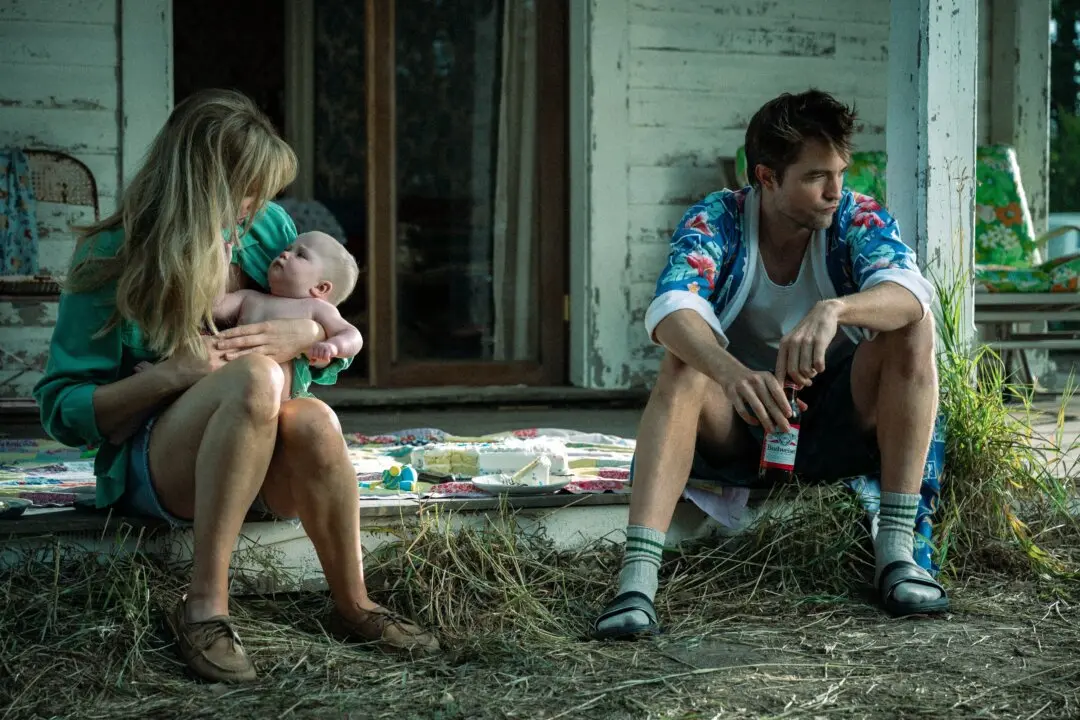“Life of Pi,” director Ang Lee’s 3-D film from the same-titled 2001 best-selling novel, is a sort of mash-up of “We Bought a Zoo,“ ”The Best Exotic Marigold Hotel,“ ”Castaway,“ and ”Meet the Patels.“ ”Life of Pi” is an enchanting coming-of-age story.
Popcorn and Inspiration: ‘Life of Pi’: The Forging of Faith
One of the (very few) problems with this film is that it’s primarily a coming-of-age story.

Mark Jackson
Film Critic
|Updated:
Mark Jackson is the chief film critic for The Epoch Times, and a Rotten Tomatoes-approved critic. He earned a bachelor's degree in philosophy from Williams College, followed by a classical theater conservatory training, and has 20 years' experience as a New York professional actor. He narrated The Epoch Times audiobook "How the Specter of Communism is Ruling Our World," available on iTunes, Audible, and YouTube. Mark is cited in the book "How to be a Film Critic in Five Easy Lessons" by Christopher K. Brooks. In addition to film, he enjoys Harley-Davidsons, martial arts, rock-climbing, qigong, and human rights activism.
Author’s Selected Articles




